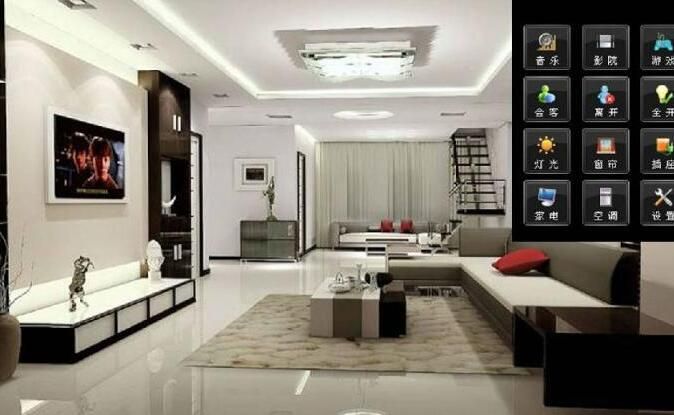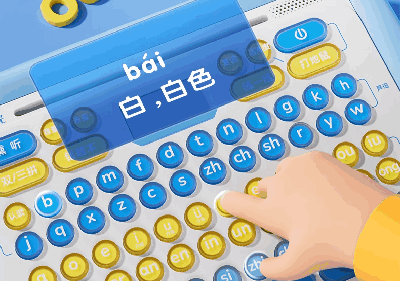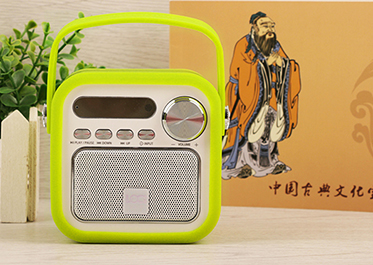How are smart homes connected and controlled?
The main connection methods of smart home include Zigbee, Wi-Fi, Bluetooth, infrared, etc. The control methods include traditional touch control, infrared induction control, cross-screen control, scene linkage control, etc. We will introduce in detail how to connect and control smart home.

1. How to connect smart homes
1. Zigbee
Zigbee is a new wireless network protocol for low-speed and short-distance transmission. It is suitable for electronic devices with short transmission range and low data transmission speed. Its main features are low power consumption, low cost, low speed, and many nodes. These features are made for smart homes. Low power consumption means that products using it for wireless communication do not need dedicated power supply, and multi-node avoids the situation of too many and unstable devices connected to Bluetooth and Wi-Fi.
2. Wi-Fi
Wi-Fi is probably the wireless protocol we are most familiar with and is also the network foundation of smart home platforms. Even with excellent wireless protocols like Zigbee, Wi-Fi communication requires Wi-Fi communication. On the other hand, as the predecessor of wireless protocols, the technology is mature and stable. The Internet represented by Wi-Fi is the only way for devices to connect to the outside.
3. Bluetooth
Bluetooth is a common wireless transmission protocol other than Wi-Fi. It is characterized by wide application range, short transmission distance, flexible and low power consumption. In the smart home, Bluetooth plays two main roles, one is to quickly search and discover new devices when accessing the device for the first time, and the other is to realize the interconnection of two local devices, such as the Bluetooth Mesh light group.
4. Infrared
Infrared, short for infrared, is perhaps the oldest and most widely used wireless transmission protocol that each of us comes into contact with in our lives. It is characterized by point-to-point transmission and no obstacles at close range. It is mainly used for remote controls of home appliances such as TVs and air conditioners. In smart homes, in addition to individual electrical appliances, infrared remote controls are also used. More applications are to use infrared universal remote controls on various smart platforms to access old electrical appliances to achieve intelligent control.
2. Common control methods for smart homes
1. Traditional touch control
For users who are accustomed to traditional wall switches, it is not used to directly entering the abstract control method. If the control system also has errors, this basic control method is necessary. For example, the music, lights, air, and curtains at home all have corresponding control panels for control. It can also be controlled via touch screen on the multi-function control panel. Of course, there are also knob controls for fine control of lighting.
2. Infrared sensor control
Control via human body infrared is nothing new, but this control was quite practical at the time. For example, after human body infrared sensors are installed in entrances, corridors, balconies, and bathrooms, the lights will automatically turn on after sensing the signal, and automatically turn off after people leave. This is especially friendly to family members who need to get up at night. The night light is turned on when they get out of bed, which can illuminate without affecting other family members who are resting.
3. Multi-screen control
Just imagine, the phone is out of battery, how to turn off the kitchen lights in the living room? At this time, cross-screen control is needed to help us! Only one indoor terminal is needed to check the power status of all smart devices in the home in real time, and other devices can also be turned off directly on the indoor terminal.
4. Scene linkage control
With the increase of smart devices on the market, we hope that it will be easier to use, and different devices can assist in the work, and realize the control of smart homes by customizing platform-level smart devices to edit scene modes. For example, our indoor smart terminals. The smart mirror is a platform-level smart device. By connecting to other devices in the home, you can centrally control lights, music, air, hot water, access control, etc. on the smart screen.
5. Voice Control
Voice control smart home mainly has two forms: direct voice and indirect voice. Direct voice refers to issuing corresponding voice commands to specific home appliances, while indirect voice is controlled by intelligent control devices controlling the voices of other household devices (smart phones, smart speakers, sound hosts, etc.). Contactless interaction such as voice control is a trend in the post-epidemic era.
Proposal recommendation
- TOP



